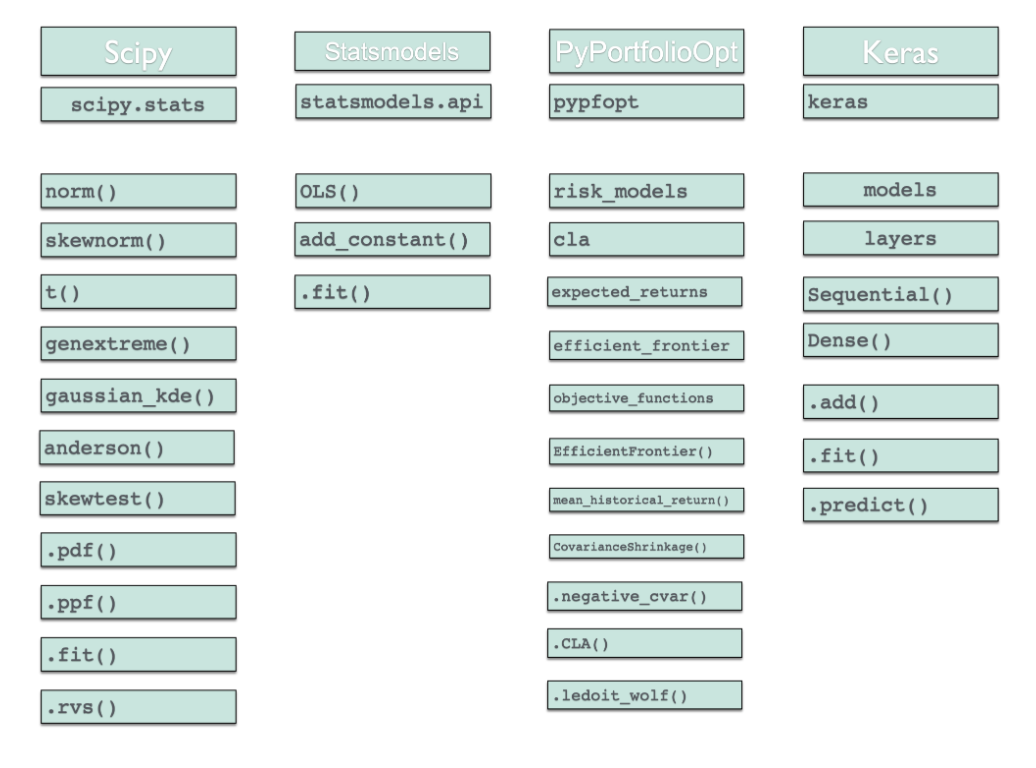It’s been a long time since I quit from P&G China. The happiness of geting an offer from P&G seems to be a false memory at this moment. Disappointment, anger, confusion… are the most frequently occured feeling during the 1 year work experience. In this article, I’ll try to draw some positive stuff from it.
- P&G provided me an opportunity to obtain a whole view of how a global company is organized. In my past workload, I got chance to cross-functionally collaborate with IT(BI/DevOps/DS/Data) and Biz(Sales/Mkt), as well as some founctional team (Finance/Leagal/HR).
- Along with the complicated colloabration senario, I got to know many people with different background and work desciplines. Some I like, Some I don’t… The discomfort at that period forced me to learn more flexible ways to get along with people.
- P&G allowed me to chance my career path within the company, from Project manager to Analytical roles. This is the most precious opportunity even though this also triggered me to leave the company ;)
Stories goes on. See you next post.


